How to Hide A Camera in A Wall — 5 Ways & Top Tips
Security cameras have become an essential part of any home or business security system.
They let you keep an eye on your property, deter potential intruders, and provide evidence in the event of a break-in or other security breach.
However, sometimes it's not practical or desirable to have a visible camera in every location.
That's where hiding a camera in a wall can be a useful solution.
In this post, we'll explore the reasons to hide a camera in a wall and how to do it step by step. Also, we include other ways to hide a camera in a wall, as well as top tips for setting up a hidden security system.
Reasons to Hide A Camera in A Wall

There are several reasons why you might want to hide security cameras inside a wall. Here are some of the most common ones:
-
Discreet Monitoring: Sometimes, you may want to monitor an area without drawing attention to the fact that there is a camera present. This could be for personal reasons, such as keeping an eye on a nanny or caregiver, or for business reasons, such as monitoring employees.
-
Aesthetics: Visible security cameras and wires can be unsightly and may not fit with the décor of your home or business. Hidden security cameras can help to maintain the aesthetics of your property.
-
Protection: Hiding a security camera in a wall can help to protect the camera from vandalism or theft. If a camera is visible, it may be more likely to be targeted by intruders.
-
Deterrence: Even if a camera is not visible, the mere possibility that it may be present can be a deterrent to potential intruders or wrongdoers.
-
Legal Reasons: In some cases, there may be legal restrictions on the use of visible security cameras. For example, in some states, it may be illegal to record audio without consent as a hidden camera may be considered a spy camera. The best thing to do is confirm with your local laws what you can and can't do.
-
Privacy Concerns: In some situations, visible security cameras may be considered an invasion of privacy. Hiding spy cameras in a wall can help to address these concerns by allowing you to monitor an area without being intrusive., but again, the best way forward is to confirm with your local laws what you can and can't do.
Step-by-Step Guide on How to Hide A Camera in A Wall
In theory, hiding security cameras indoors is much easier compared to concealing outdoor cameras. You have a lot more objects to use indoors, letting you come up with creative hidden camera ideas. But let's focus on the most obvious choice: the wall.
If you've decided to hide a camera in a wall, here are the steps to follow:
Step 1: Choose the right camera
Not all cameras are suitable for hiding in a wall. Look for a camera that is small enough to fit in the wall cavity, has a wide-angle lens to capture a broad view, and can operate in low light conditions. Wireless cameras are incredibly portable for this kind of application - and no need to hide security camera wires!
Step 2: Choose the right location
The location where you hide the camera is crucial. Consider the angle of view, the distance from the area you want to monitor, and the availability of power outlets and WiFi signals. If you're installing outdoor security cameras, ensure that no obstructions are blocking the line of sight.
Step 3: Create an opening in the wall
Using a drill, create a hole in the wall that is large enough to fit the camera. Make sure the hole is level and straight.
Step 4: Install the camera
Insert the camera into the hole and secure it in place using screws or adhesive. Make sure it is level and that the camera lens is pointing in the right direction.
Step 5: Conceal the camera
Cover the camera with a thin layer of spackle or drywall compound, making sure to smooth out any bumps or ridges. Once the compound is dry, sand it down until it is smooth and flush with the wall surface. Remember to keep the lens clear from dirt, paint, or any other damage. A dirty or broken lens will mean your recording will be unusable.
Step 6: Paint the wall
Finally, paint over the area where the camera is hidden to match the surrounding wall color. This will help to conceal the camera even further. Again, keep the lens clear from dirt, paint, or any other damage.
Note that hiding a camera in a wall can be a complex process and may require specialized tools or expertise. If you're not comfortable doing it yourself, consider hiring a professional to install the camera for you. Additionally, it's important to ensure that the camera is used legally and ethically and that the privacy rights of others are respected.
Other Ways to Hide A Camera in A Wall
In addition to the steps outlined above, there are other ways to hide cameras in a wall. Here are some additional options:
Place it near a light source
Hiding a camera near a light source can help conceal it by creating shadows or highlights that hide the camera. For example, you might place the indoor security camera near a recessed light in the ceiling. In addition, this helps improve your camera's night vision.
Hide the camera behind a painting
Another option is to hide the camera behind a painting or other decorative object. You can drill a hole in the wall behind the object, big enough to fit the camera's lens, insert the camera, then reposition the object to conceal the camera.
Put the hidden camera inside an object

You can also hide a camera inside something like a clock or plant. A mini camera is small enough to fit in one of your kids' toys, and this can be particularly effective if the object is in a location where cameras aren't typically expected. Note that this would only be effective using a wireless security camera. If you do it well, people won't be able to see your hidden camera.
Use a false wall
If you have the resources and expertise, you can create a false wall to hide the camera. This involves constructing a secondary wall in front of the existing wall and installing the camera inside the cavity between the two walls.
Install the camera in a ventilation grille

If there's a ventilation grille in the wall, you can remove it and install the camera inside. This can be a good option if the camera needs to be positioned at a specific height or angle.
More Tips for Hiding Security Cameras
Here are some additional tips for hiding security cameras in your home or business:
Place security cameras near the ceiling
Placing security cameras near the ceiling can provide a wider angle of view and make it more difficult for intruders to tamper with or disable the camera.
Mind the power outlet distance
Be sure to consider the distance between the camera and the nearest power outlet. If the camera is too far away from an outlet, you may need to use an extension cord or install a new outlet. Another option is to use a wireless camera that can be connected to a solar panel for non-stop power.
Consider the Wi-Fi signal
If you're using a wireless camera, check the strength of the Wi-Fi signal in the location where you plan to hide the camera. If the signal is weak, the camera may not function properly.
Use a motion-activated camera
A motion-activated camera can help to conserve battery life and storage space by only recording when there is movement in the area. This can also help avoid recording long periods of inactivity.
Test the camera
Before you hide the camera, be sure to test it to ensure that it is functioning properly and capturing the desired view. This can help to avoid the need for repositioning or reinstallation later on.
Use a hardwired connection
If possible, consider using a hardwired connection instead of Wi-Fi. This can provide a more reliable connection and reduce the risk of signal interference or hacking.
FAQ
What type of camera is best for hiding in a wall?
The best type of camera for hiding in a wall is a small security camera that can fit in the wall cavity, has a wide-angle lens to capture a broad view, and can operate in low light conditions. Wireless cameras are often used for this purpose, as they don't require a physical connection to a recording device.
Can I hide outdoor security cameras?
Yes, it is possible to hide outdoor security cameras as well, although it may be more challenging than hiding indoor cameras. You can camouflage the camera by painting it to match the surrounding area or place it behind a bush or other environmental features. You can also use a camouflaged camera case like this bird feeder camera case from Wasserstein to hide your outdoor security camera from plain sight.
Is it legal to hide a camera in a wall?
The legality of hiding your surveillance system depends on the specific laws and regulations in your area. In general, it is legal to use hidden cameras for security or surveillance purposes in your own home or business, as long as you are not violating the privacy rights of others. However, there may be restrictions on where you can place the camera or what you can record. It's important to research the laws in your area and ensure that you are using the camera legally and ethically.
How do I choose the right location?
When choosing the location for hiding a camera in a wall, consider the angle of view, the distance from the area you want to monitor, the availability of power outlets and WiFi signals, and any other factors that may affect the camera's performance. In setting up your own surveillance system, it's important to choose a location that provides a clear view of the area you want to monitor without drawing attention to the fact that there is a camera present.
Want to hide your security camera without sacrificing its features? Check out Wasserstein's line of accessories - from gutter mounts and protective skins to camera cases and anti-theft mounts to prevent your cameras from being stolen or tampered with.


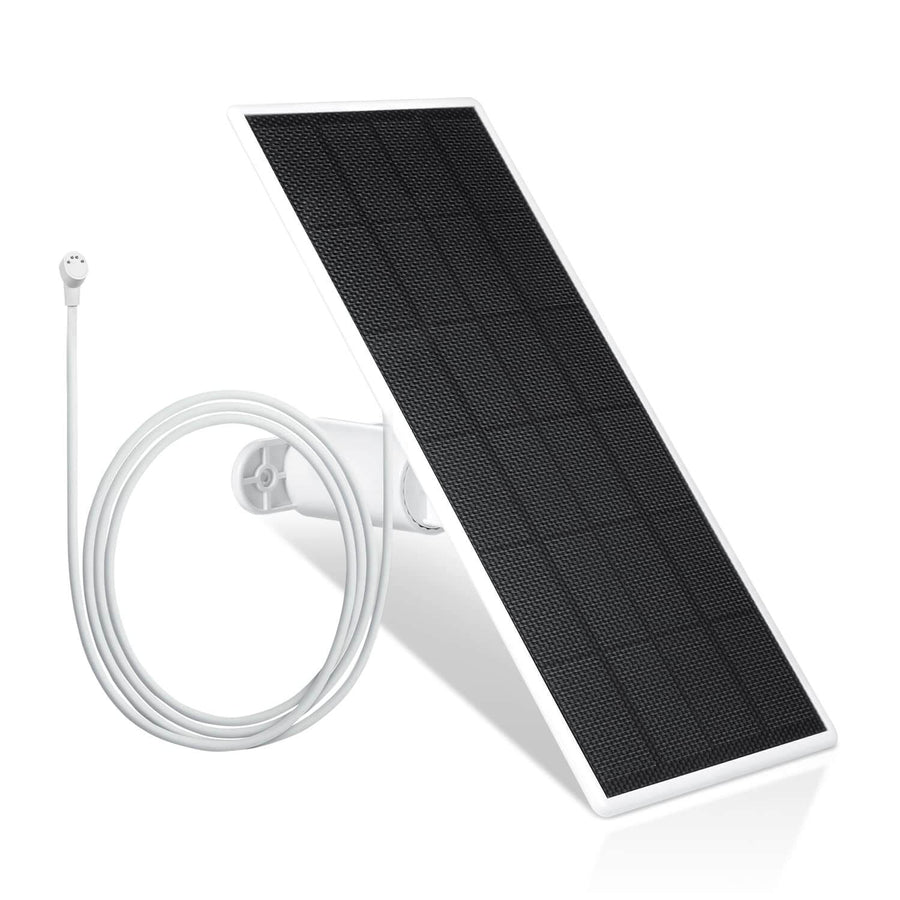
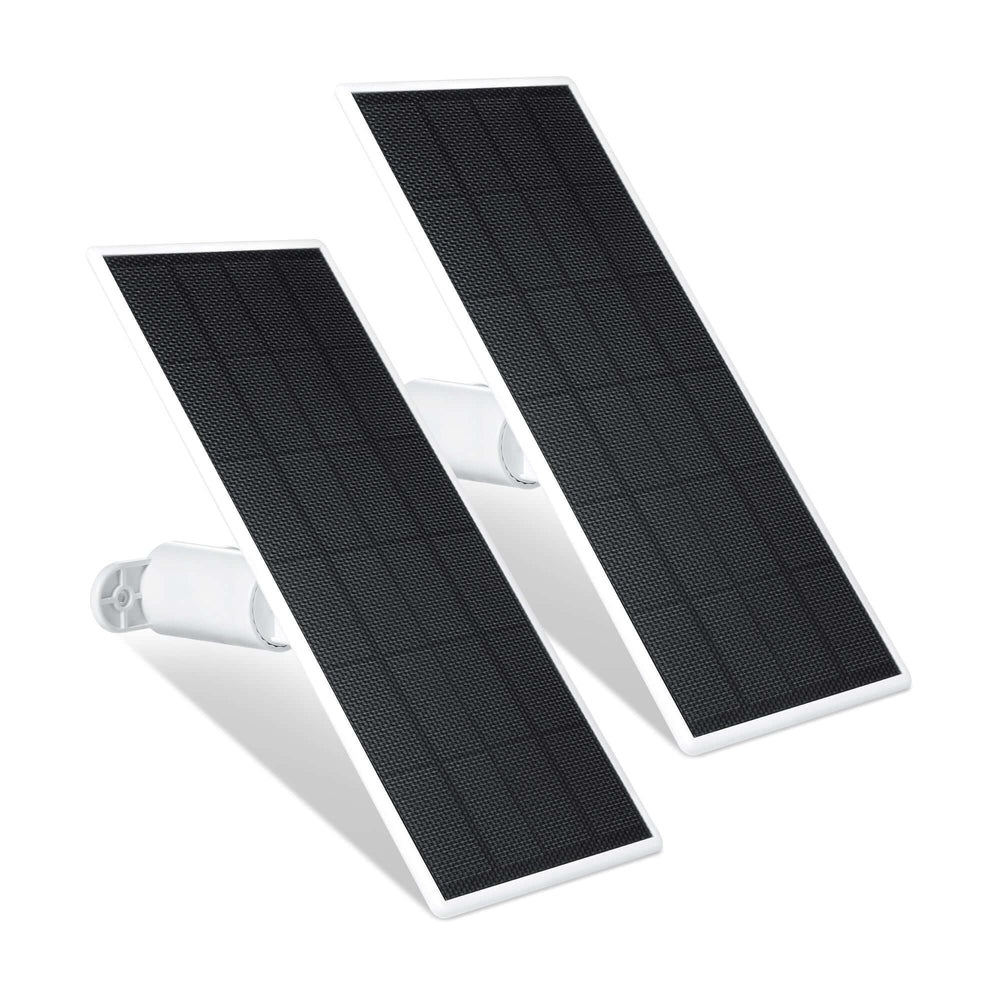
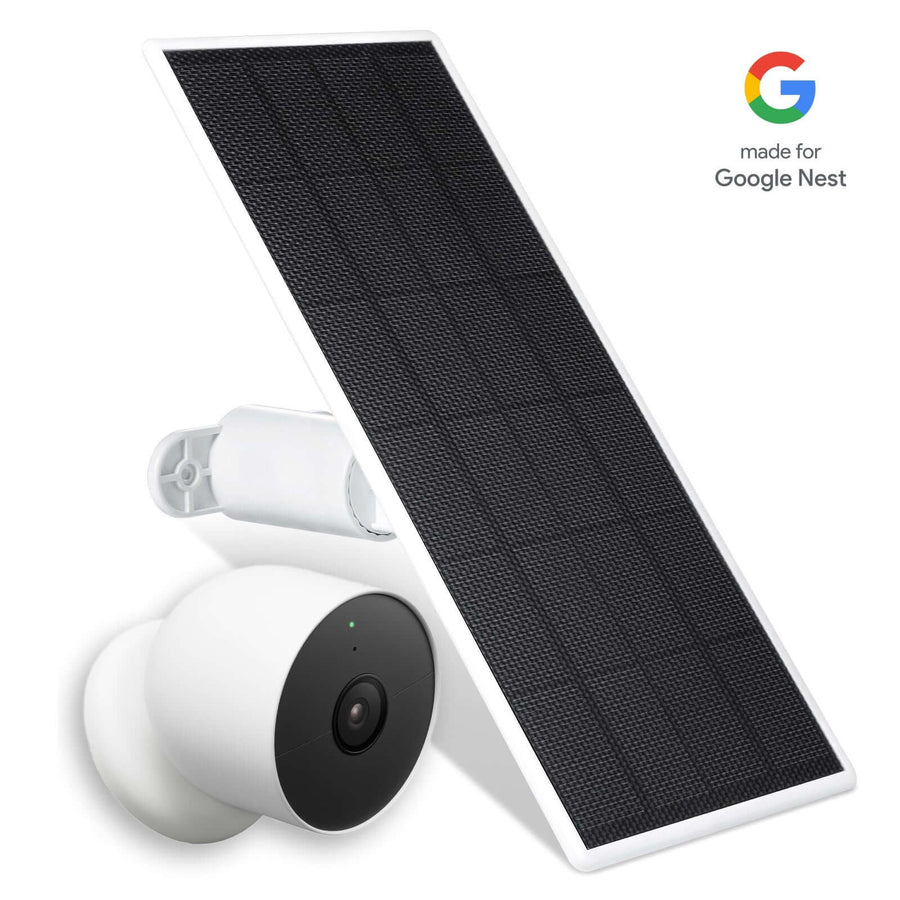
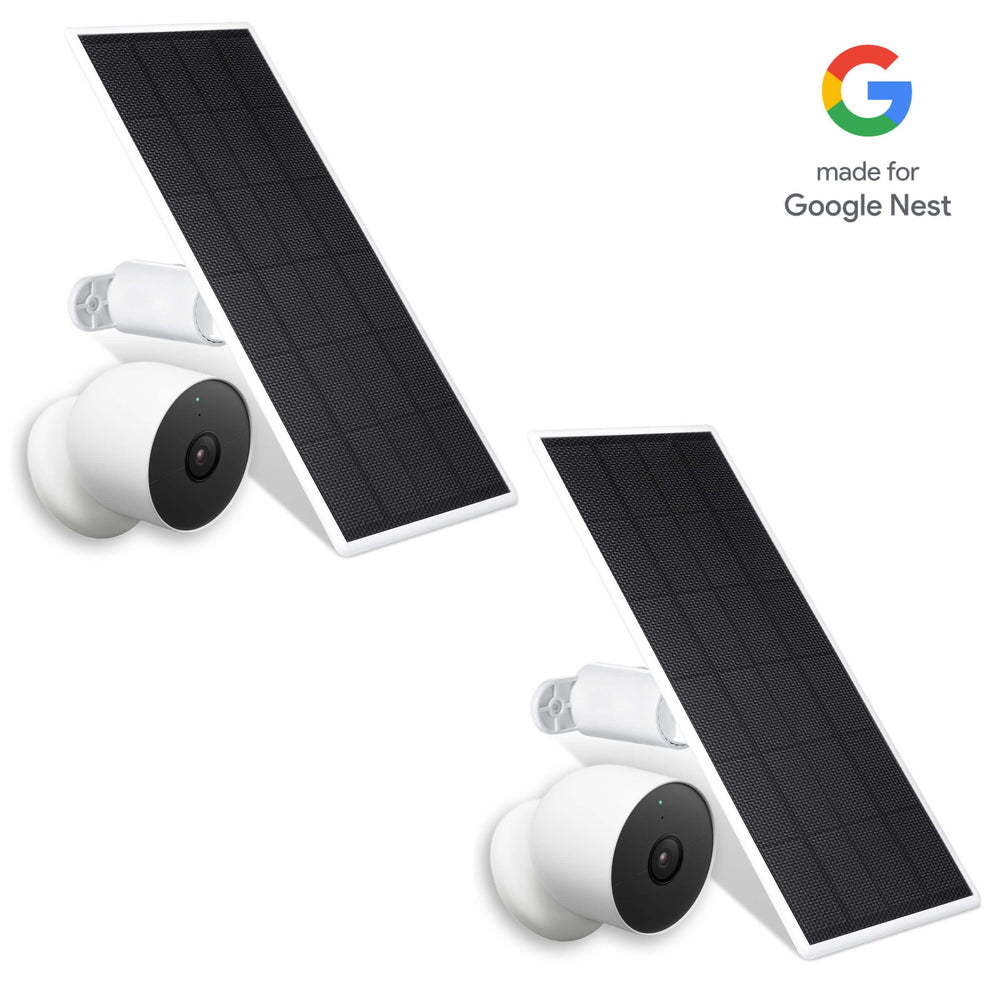
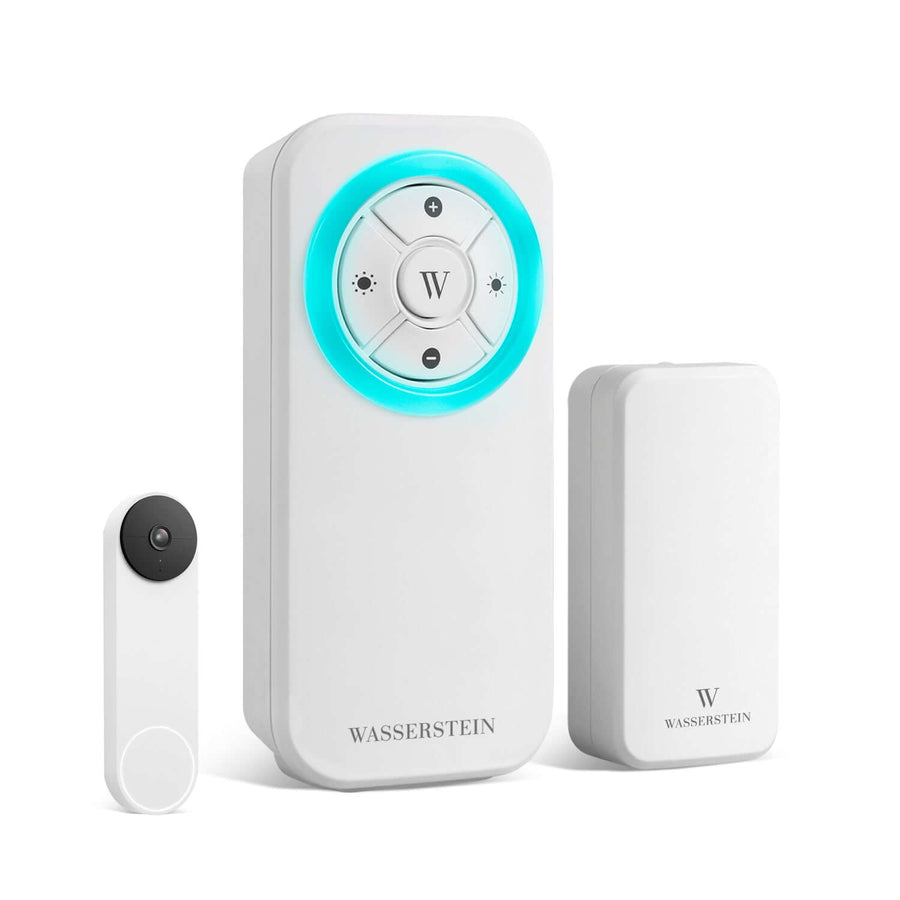
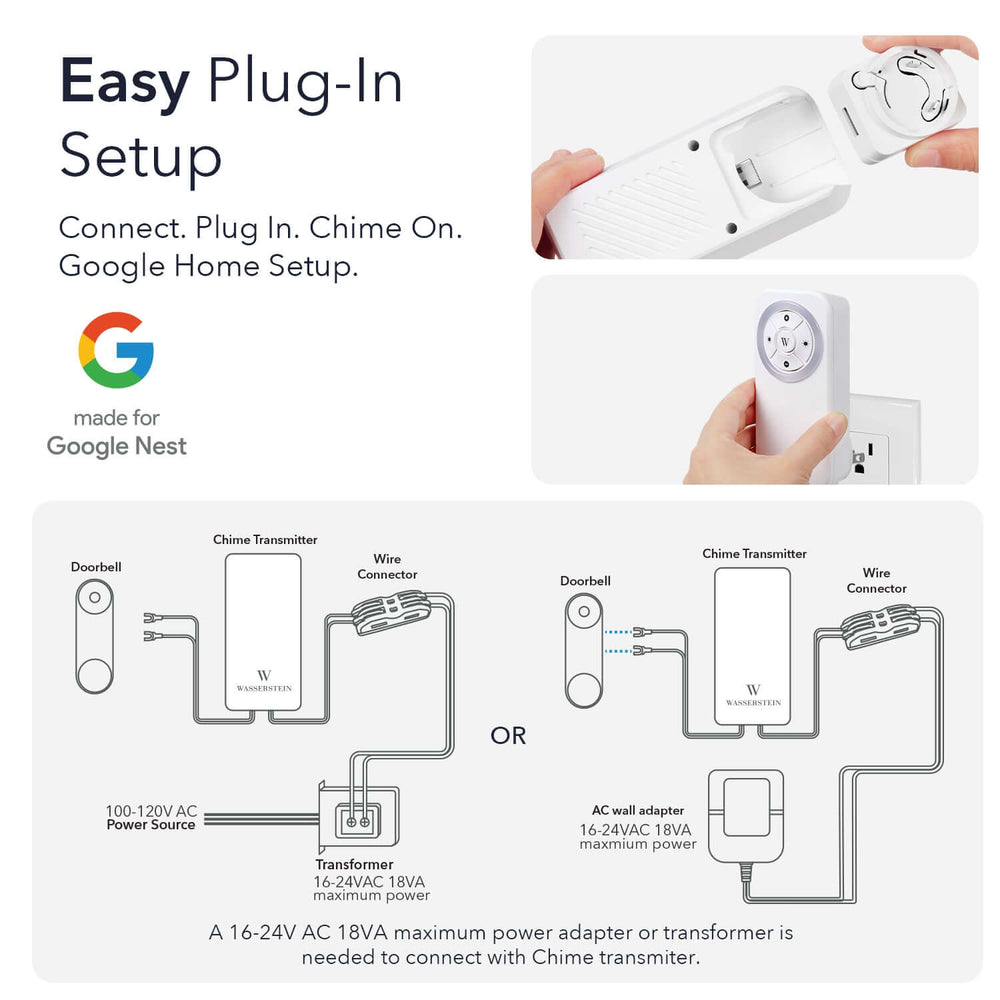
Leave a comment